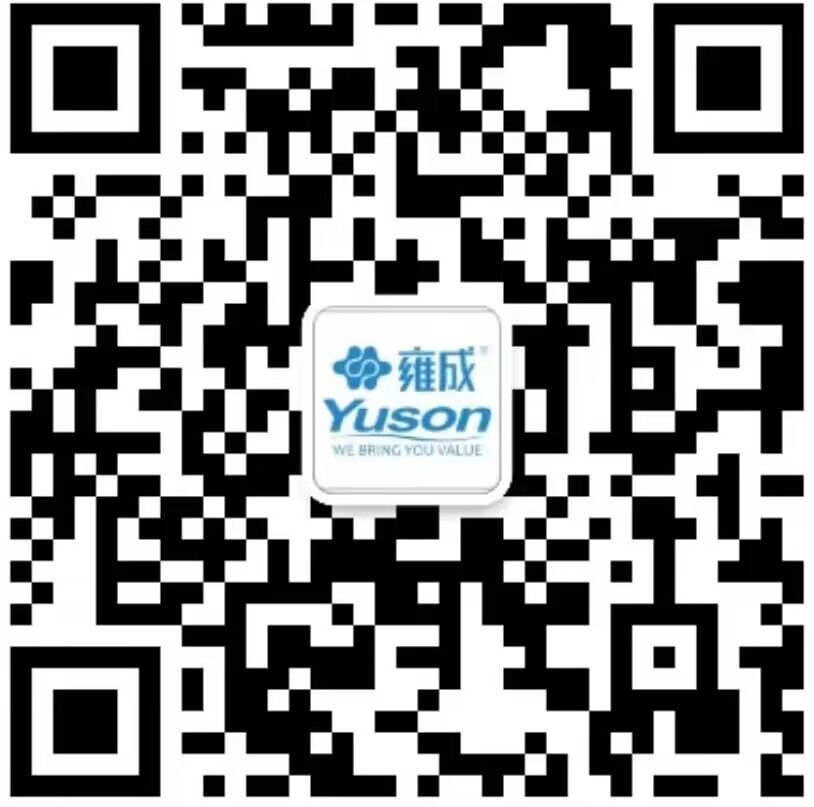Touchless and hand-free faucets have gained significant popularity in recent years, offering several advantages in terms of hygiene, convenience, and water conservation. However, like any technology, they also come with certain disadvantages. Let's explore these aspects in more detail:
Advantages:
Hygiene: Touchless and hand-free faucets eliminate the need for physical contact, minimizing the transfer of germs and bacteria. Users can simply place their hands under the faucet, activating the water flow without touching any handles or knobs. This is particularly beneficial in public spaces, such as restrooms and commercial kitchens, where multiple people use the same faucet.
Convenience: The hands-free operation of these faucets provides convenience and ease of use. Users can activate the water flow by simply placing their hands under the sensor, making it convenient for individuals with limited mobility or those carrying objects that make it difficult to turn traditional faucet handles.
Water Conservation: Touchless faucets often incorporate sensors that detect when hands are present and automatically adjust the water flow accordingly. They typically have a built-in shut-off mechanism that stops the water flow when hands are removed, reducing water wastage. This promotes water conservation and helps reduce utility bills, particularly in high-traffic areas where faucets may be left running unintentionally.
Reduced Cross-Contamination: With touchless faucets, there is a reduced risk of cross-contamination between users. Since there is no need to touch the faucet handles, the spread of bacteria and germs from one person to another is minimized, promoting better overall hygiene.

Disadvantages:
Cost: Touchless and hand-free faucets tend to be more expensive than traditional faucets due to the additional technology and sensors involved. The initial investment cost may be higher, especially for high-quality models. However, the potential long-term benefits in terms of water conservation and hygiene may outweigh the upfront cost.
Dependency on Sensors: Touchless faucets rely on sensors to detect hand movements and activate the water flow. In some cases, these sensors may be overly sensitive or not sensitive enough, leading to inconsistent functionality. Users may experience instances where the faucet fails to activate or unintentionally activates due to nearby movements.
Power Source Requirement: Touchless faucets typically require a power source, such as electricity or batteries, to operate the sensors and automatic shut-off mechanism. This adds an additional maintenance aspect, as the power source needs to be periodically checked and replaced. In the case of battery-powered faucets, there is also the ongoing cost and environmental impact of battery disposal.
Learning Curve: Users who are accustomed to traditional faucet handles may need some time to adjust to touchless faucets. The motion and positioning required to activate the sensor may vary among different models, and users may need to experiment to find the optimal hand placement for consistent activation.
Touchless and hand-free faucets offer significant advantages in terms of hygiene, convenience, and water conservation. They provide a hands-free and hygienic experience, reduce the risk of cross-contamination, and contribute to water conservation efforts. However, they do come with certain disadvantages, including higher initial costs, potential sensor-related issues, power source requirements, and a learning curve for users. Despite these drawbacks, touchless and hand-free faucets continue to gain popularity and are especially beneficial in high-traffic public areas where hygiene and water conservation are of utmost importance.









 English
English España
España









.jpg?imageView2/2/w/320/h/320/format/jpg/q/75)


